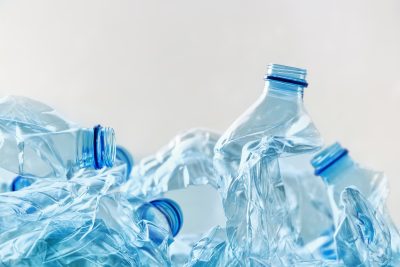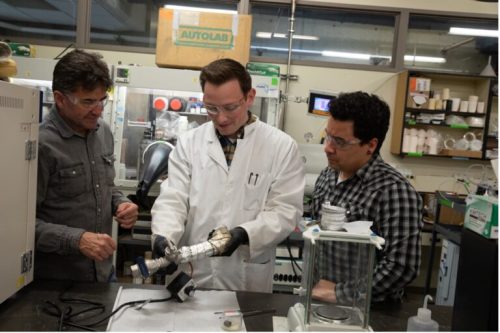Materials science and engineering and electrical and computer engineering Distinguished Professor Gerald Stringfellow, a former dean of the U’s College of Engineering and a pioneer in LED technology, has been elected as the latest new fellow of the National Academy of Inventors from the University of Utah’s College of Engineering.
Stringfellow is one of two from the U’s College of Engineering to be elected to fellowship this year. Bruce Gale, chair of the Department of Mechanical Engineering, is the second to receive the honor. Elected fellows are academic inventors who “have demonstrated a highly prolific spirit of innovation in creating or facilitating outstanding inventions that have made a tangible impact on quality of life, economic development and the welfare of society,” according to the academy.
“It is an honor, and I am grateful to have been elected to fellowship this year,” Stringfellow said. “I don’t consider myself an inventor in the traditional sense because I don’t make things. I invent new concepts that help us select materials and processes to improve the production of semiconductor devices, some of which are patented. For example, I provided the concept that led to early red and yellow light-emitting diodes (LEDs). The ideas developed by my group have been used in real-world applications to make improved LEDs, solar cells, and other devices.”
Stringfellow was a group manager with HP Labs in Palo Alto, Calif., in the 1970s when he began developing a new process to create LEDs with multiple colors that require much less power.
Stringfellow proposed a process called organometallic vapor-phase epitaxy for the growth of new semiconductor alloys in which aluminum, gallium, indium and phosphorous are deposited on a substrate to create red, orange, yellow and green LED crystals. This work led to better HP handheld calculators that used red LEDs for the display.
In 1980, Stringfellow took his research to the University of Utah, where he worked as a professor. He made considerable conceptual advances in the field and would later publish a book on the process that has now become the bible for the science of growing LED crystals.
Stringfellow’s work, alongside the development of blue LEDs by three Japanese researchers, led to the advancement of flat-screen LCD televisions (LEDs illuminate the LCD panels), cellphones, solar cells, and new LED light bulbs. LED technology is also used in automobile taillights as well as traffic and pedestrian lights.
Stringfellow received the International Organization for Crystal Growth’s Frank Prize, the top award in the field of semiconductor growth, for his career-long work making light-emitting diodes in 2016. He has received other top awards, including the Rosenblatt Prize from the U and the John Bardeen Award from The Minerals, Metals and Materials Society.
The National Academy of Engineering is a nonprofit organization founded in 2010 that recognizes and encourages inventors, enhances the visibility of the university, educates and mentors students, and publicizes the inventions of its members. Fellows are nominated by their peers “for outstanding contributions to innovation in areas such as patents and licensing, innovative discovery and technology, significant impact on society, and support and enhancement of innovation.”










